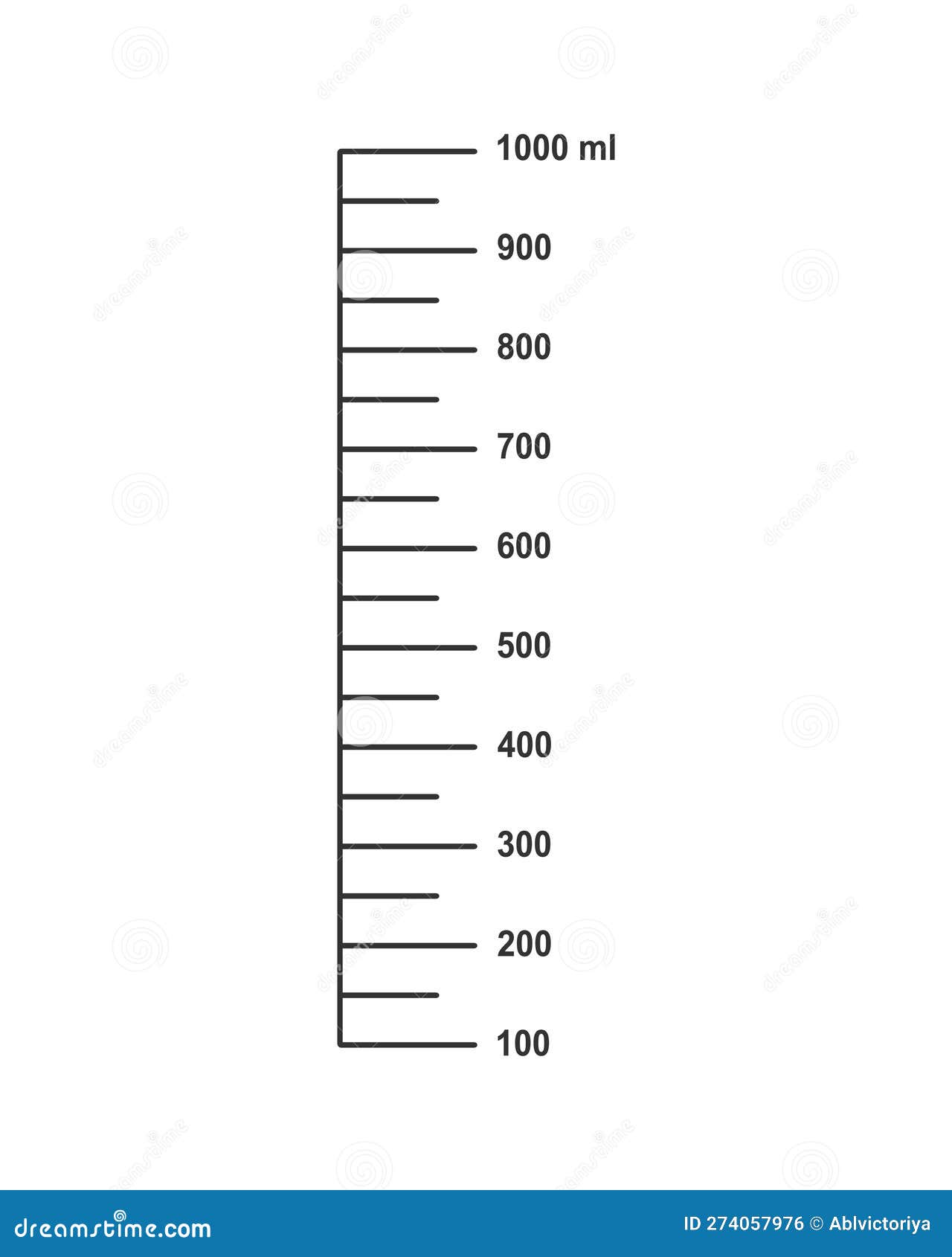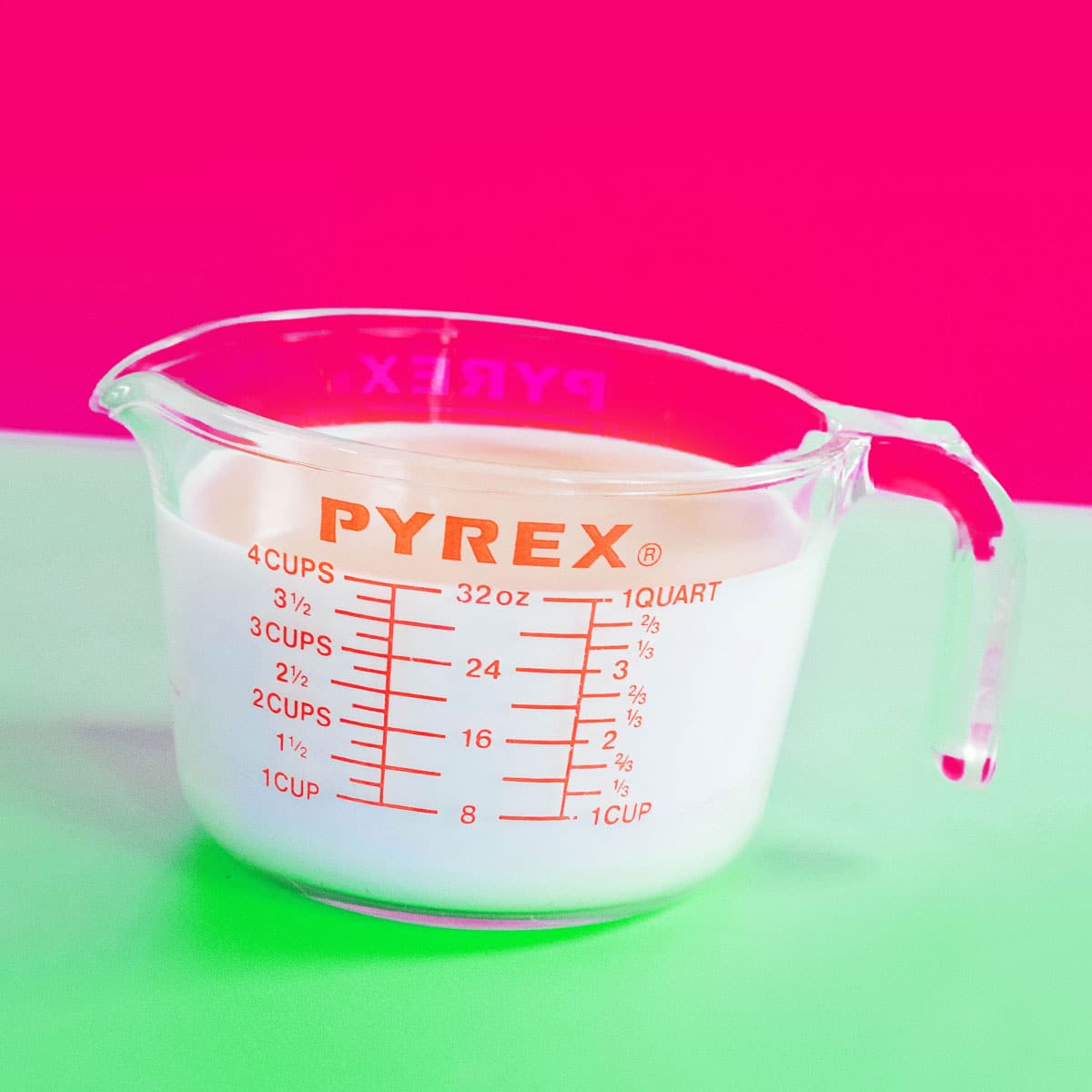0.8 Litre: A Simple Volume That Packs A Big Punch
Have you ever wondered why 0.8 litre is such a magic number in so many aspects of life? From cooking to fitness, and even engineering, this seemingly small volume holds massive importance. Whether you're measuring water intake, fuel capacity, or even portion control, 0.8 litre plays a crucial role. Let's dive into why this measurement matters and how it impacts our daily lives.
Think about it: how often do you hear someone talking about drinking "at least eight glasses of water"? Well, guess what? That’s roughly around 0.8 litre. This little number has become a benchmark for hydration, health, and even productivity. It’s not just a random figure—it’s science-backed, and it’s here to stay.
Before we get too deep into the nitty-gritty, let me ask you a question: do you really know what 0.8 litre means? Is it just a number on a measuring cup, or does it carry more weight than we give it credit for? In this article, we’ll break it down, explore its significance, and show you why paying attention to this volume could change your life. Ready? Let's go!
Read also:Brown Estate Vineyards Amp Winery A Hidden Gem For Wine Enthusiasts
Understanding the Basics of 0.8 Litre
Let’s start with the fundamentals. What exactly is 0.8 litre? Simply put, it’s a unit of volume that equals 800 millilitres. But here’s the kicker—it’s not just a random number. In many industries, 0.8 litre serves as a standard measurement for everything from water bottles to engine capacities. This consistency makes it a reliable reference point for calculations and comparisons.
For instance, in the world of fitness, 0.8 litre is often recommended as the minimum daily water intake for adults. Sure, everyone’s needs vary, but this figure provides a solid starting point. It’s like a baseline that helps us track our progress and ensure we’re staying hydrated.
Why Is 0.8 Litre So Important?
Now, you might be wondering, “Why does 0.8 litre deserve all this attention?” Great question. The truth is, this volume has been scientifically proven to have significant effects on our health and well-being. Let me give you a quick rundown:
- Hydration: Drinking 0.8 litre of water a day helps maintain proper bodily functions and prevents dehydration.
- Weight Management: Staying hydrated can boost metabolism and reduce overeating, making 0.8 litre a key player in any weight loss plan.
- Skin Health: Consistent water intake improves skin elasticity and reduces the appearance of wrinkles.
So, yeah, 0.8 litre isn’t just a number—it’s a game-changer. Whether you’re an athlete, a busy professional, or just someone looking to improve their health, this volume should be on your radar.
Applications of 0.8 Litre in Daily Life
Let’s talk about the practical side of things. How does 0.8 litre show up in our everyday routines? Well, it’s everywhere! From the kitchen to the gym, this volume plays a starring role in many of the activities we take for granted.
Hydration and Health
When it comes to health, hydration is non-negotiable. Experts recommend drinking at least 0.8 litre of water daily to keep your body functioning properly. But it’s not just about drinking water—this volume also applies to other liquids, like tea, juice, and even soup. The key is to spread your intake throughout the day to avoid dehydration.
Read also:Unveiling Rob Erickson The Man Behind The Curtain
Fun fact: Did you know that even mild dehydration can affect your cognitive performance? Yup, that’s right. So, next time you’re feeling sluggish or struggling to focus, grab a glass of water and thank 0.8 litre for having your back.
Cooking and Baking
In the culinary world, precision is everything. That’s why 0.8 litre is a go-to measurement for recipes. Whether you’re making soup, stock, or even baking bread, this volume ensures consistency and accuracy. Plus, it’s easy to convert between litres and other units, making it a chef’s best friend.
For example, if a recipe calls for 0.8 litre of milk, you can easily convert that to 3.5 cups or 28 fluid ounces. Simple, right? This flexibility makes 0.8 litre a versatile tool in the kitchen.
0.8 Litre in Industry and Technology
But wait, there’s more! 0.8 litre isn’t just a household name—it’s also a powerhouse in the world of industry and technology. From automotive design to chemical engineering, this volume has a wide range of applications.
Automotive Industry
In the automotive sector, 0.8 litre often refers to engine displacement. For instance, small cars and motorcycles frequently feature engines with a capacity of 0.8 litres. These engines are known for their efficiency and fuel economy, making them popular choices for urban drivers.
And let’s not forget about electric vehicles (EVs). Many modern EVs use batteries with a capacity of around 0.8 litre, providing a perfect balance between performance and sustainability. As the world shifts toward greener transportation options, 0.8 litre is becoming an increasingly important measurement in the automotive industry.
Chemical Engineering
On the scientific side, 0.8 litre is a common unit of measurement in chemical reactions and experiments. It’s used to calculate the concentration of solutions, determine reaction rates, and measure the volume of gases. Essentially, this volume helps scientists ensure accuracy and consistency in their work.
For example, in a lab setting, a chemist might use 0.8 litre of distilled water to dilute a solution. This precise measurement ensures that the final product meets the required specifications, whether it’s a pharmaceutical drug or a household cleaning product.
Fun Facts About 0.8 Litre
Alright, let’s take a break from the technical stuff and dive into some fun facts about 0.8 litre. Did you know that:
- 0.8 litre of water weighs approximately 0.8 kilograms? That’s why carrying a full water bottle can feel like lifting a small weight!
- Drinking 0.8 litre of water in one sitting can actually be dangerous? It’s called water intoxication, and it happens when your body takes in more water than it can process.
- 0.8 litre is roughly equivalent to the volume of a standard wine bottle? Next time you’re enjoying a glass of vino, remember that you’re sipping on science!
See? 0.8 litre isn’t just a number—it’s a fascinating piece of trivia that can impress your friends at parties.
0.8 Litre and Environmental Impact
As we become more aware of our environmental footprint, 0.8 litre is gaining attention as a sustainable measurement. For example, many companies are now producing water bottles and containers with a capacity of exactly 0.8 litre. These products encourage people to drink more water while reducing waste from single-use plastics.
Additionally, 0.8 litre is often used as a benchmark for water conservation efforts. Governments and organizations around the world are promoting the idea of using no more than 0.8 litre of water per person per day for non-essential activities, like washing cars or watering lawns. By adopting this practice, we can significantly reduce our water consumption and protect our planet’s precious resources.
Sustainable Practices
Here are a few ways you can incorporate 0.8 litre into your sustainable lifestyle:
- Invest in a reusable water bottle with a 0.8-litre capacity.
- Limit your water usage to 0.8 litre per day for non-essential tasks.
- Choose products and appliances that are designed to use 0.8 litre or less of water per cycle.
Small changes like these can make a big difference in the long run. Plus, they’re easy to implement and don’t require a major lifestyle overhaul.
Challenges and Misconceptions About 0.8 Litre
Of course, no measurement is without its challenges and misconceptions. Let’s address some of the common myths surrounding 0.8 litre:
Myth: Drinking 0.8 Litre of Water Is Enough for Everyone
While 0.8 litre is a great starting point, it’s not a one-size-fits-all solution. Factors like age, gender, activity level, and climate can all affect your water needs. For example, someone who exercises regularly may need more than 0.8 litre to stay hydrated, while someone living in a cooler climate might need less.
The key is to listen to your body and adjust your intake accordingly. If you’re feeling thirsty, it’s a sign that you need more water. And if you’re urinating less frequently or your urine is dark yellow, it’s time to up your hydration game.
Myth: 0.8 Litre Is Only for Water
Another common misconception is that 0.8 litre applies exclusively to water. In reality, this volume can be applied to any liquid, including tea, coffee, juice, and even soup. The important thing is to ensure you’re getting enough fluids to meet your daily needs.
That said, it’s always best to prioritize water over other beverages, especially those high in sugar or caffeine. Water is calorie-free, hydrating, and essential for maintaining good health.
The Future of 0.8 Litre
As we look to the future, 0.8 litre is likely to play an even bigger role in our lives. With advancements in technology and growing awareness of environmental issues, this volume will continue to be a key measurement in industries ranging from healthcare to manufacturing.
For example, researchers are currently exploring ways to use 0.8 litre as a standard for water filtration systems, ensuring that everyone has access to clean, safe drinking water. Meanwhile, engineers are designing more efficient engines and batteries with capacities of exactly 0.8 litre, paving the way for a greener, more sustainable future.
Innovations to Watch
Here are a few exciting developments to keep an eye on:
- Smart water bottles that track your daily intake and remind you to drink 0.8 litre of water.
- Portable water filtration systems that can purify 0.8 litre of water in minutes.
- Electric vehicles with 0.8-litre batteries that offer extended range and faster charging times.
These innovations have the potential to revolutionize the way we think about 0.8 litre and its applications in everyday life.
Conclusion: Embrace the Power of 0.8 Litre
In conclusion, 0.8 litre is more than just a number—it’s a vital measurement that impacts everything from our health to our environment. By understanding its significance and incorporating it into our daily routines, we can make meaningful changes that benefit both ourselves and the planet.
So, what can you do next? Start by drinking at least 0.8 litre of water a day, invest in a reusable water bottle, and explore the many ways this volume can enhance your life. And don’t forget to share this article with your friends and family—let’s spread the word about the power of 0.8 litre!
Table of Contents
- Understanding the Basics of 0.8 Litre
- Why Is 0.8 Litre So Important?
- Applications of 0.8 Litre in Daily Life
- 0.8 Litre in Industry and Technology
- Fun Facts About 0.8 Litre
- 0.8 Litre and Environmental Impact
- Challenges and Misconceptions About 0.8 Litre
- The Future of 0.8 Litre
- Conclusion: Embrace the Power of 0.8 Litre
Hat Club LA: The Ultimate Destination For Trendsetters And Style Enthusiasts
Why Plumbers Local 68 Is Your Go-To Solution For Plumbing Needs
Pizza Piggy: Your Ultimate Slice Of Heaven

Liquid Conversion Scale Chart For US Ounces Fl Oz And, 52 OFF

Ml Liquid Conversion Chart

Ounces